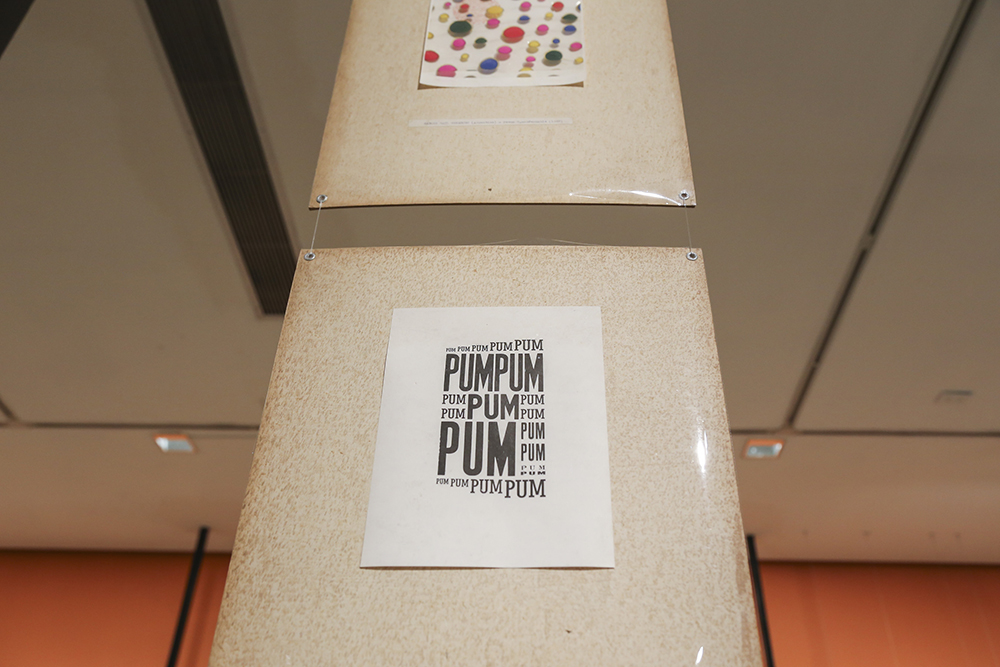An editor and publisher, visual artist, experimental poet, self-taught xylographer, mail artist, creator of useless objects, critic and essayist, Edgardo Antonio Vigo (La Plata, 1928-1997) saw the world as an organic whole, making no distinction between knowledge, artistic practice and life. He believed in the power of art to mobilize society and used it to draw attention to issues and objects ranging from the Vietnam War and the Trelew Massacre to traffic lights and lemon trees.
Edgardo Antonio Vigo: The Permanent Factory of Creative Chaos. Works 1953–1997 included more than four decades of the artist’s work beginning in the year that he travelled to France and came into contact with the avant garde scene and ending with the year of his death. The Museo presented Vigo’s first forays into avant garde movements in the early 50s with small drawings, collages and objects; his prolific publishing output, from the early magazine WC to Hexágono ‘71; the series of actions he called señalamientos (1968-1975); his involvement in mail art and experimental poetry; his woodcuts and the Museo de la Xilografía de La Plata (1968); and documentation of his work as a curator of the Expo/Internacional de Novísima Poesía/69 (International Expo of New Poetry ’69), held at the Instituto Torcuato Di Tella in 1969.
This exhibition was made possible by the support and collaboration of the Centro de Arte Experimental Vigo, La Plata.
Bio
Edgardo Antonio Vigo (La Plata, 1928-1997) worked in the Courts of the Province of Buenos Aires between 1950 and 1991. In 1950 he started to study art and took the Teaching Course in Drawing at the Escuela Superior de Bellas Artes (UNLP). He organized major exhibitions at the Instituto Torcuato Di Tella and the CAyC, but also exhibited his work in neighbourhood clubs, union centres and provincial schools. His work was featured in several international exhibitions and publications linked to mail art and visual poetry. In the nineties, he held exhibitions at the Fundación San Telmo and the Instituto de Cooperación Iberoamericana (ICI) and in 1994 he was part of the Argentinian delegation to the 22nd International Biennial in Sao Paulo.





